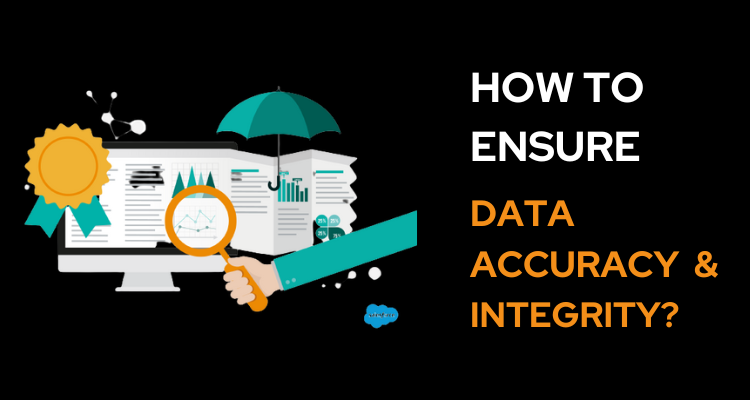Last Updated on March 17, 2024 by Nasir Hanif
Data has developed into every company’s most valuable asset. Not all data is valuable; only data that can be verified is. Working with skewed data can rapidly lead to incorrect observations, distorted analyses, and erroneous conclusions.
To characterise the status of data, the terms data quality and information integrity are used. To characterise the status of data, the terms data quality and data integrity are used. The two names are frequently used interchangeably, however, they are not interchangeable. A company that wants to maximise the consistency, correctness, and context of its data in order to get insights and make better decisions must understand the distinction between data integrity and quality of data. Before we get into how to integrate them in your organisation, let’s define them first.
What Exactly Is Data Quality?
The quality of data to perform its intended purpose is characterised as data quality. It is relating to data reliability. Quality data is characterised as comprehensive, one-of-a-kind, valid and consistent.
What Exactly Is Data Integrity?
Data integrity refers to the reliability and trustworthiness of data throughout its existence. Data integrity refers to the state of your data or the practise of assuring data quality and validity. Checking for conformity with regulatory standards such as GDPR is one approach of guaranteeing data integrity.
After we’ve established the distinction, how to ensure data accuracy and integrity? We accomplish this by specifying some stages.
Accurate data collection is required
This is an essential component of having high-quality data. It aims to fulfill the requirements and provide the information to users and clients for the intended purpose. The current condition of the data, as well as all data situations and possibilities, should be included in the data demands. Proper requirement paperwork must be kept, as well as conveniently available and shareable. Ultimately, an impact analysis is performed to ensure that the data produced fits all of the expectations.
Data monitoring and cleansing
Monitoring and clearing data entails comparing data to conventional statistical measurements. It comprises checking data against preset descriptions and establishing data links. This stage also confirms the data’s originality and examines its reusability.
Control of access
Audit trails and access control are inextricably linked. Organizations that do not have appropriate access may have malevolent intent and inflict substantial harm to vital data. System audit trails should be unambiguous and tamper-proof. These not only serve as a preventative strategy, but also aid in the discovery of problems when they arise.
Validate data entry
A flawless system would necessitate data validation from all both known and unknown data sources.Users, other programmes, and external sources could all be data sources. All data should be reviewed and validated to improve accuracy.
Remove redundant information
Critical information from an organization’s repositories can end up in a document, email, or shared folder, where anyone who doesn’t have appropriate permissions can tamper with it and introduce duplicates. Data quality and integrity are ensured by having to clean up stray data and deleting duplicates.
Back up
As important as removing duplicates is for data security, backing up the information is as essential for maintaining integrity.Backing up is essential for preventing irreversible data loss. Backups of data should be conducted as regularly as feasible. Encrypt your data for maximum security. Backups are beneficial in the event of a security breach, such as a cyberattack.
Conclusion
Data quality and accuracy are crucial for the correctness and efficiency of all business operations and decision-making in all modern organisations and enterprises. Most data security programmes place a premium on data quality and integrity. These two are achieved by a variety of standards and procedures, including accurate data requirements gathering, access control, data input validation, duplicate data removal, and frequent backups. Businesses even hire data entry experts to save the efforts and time.



















